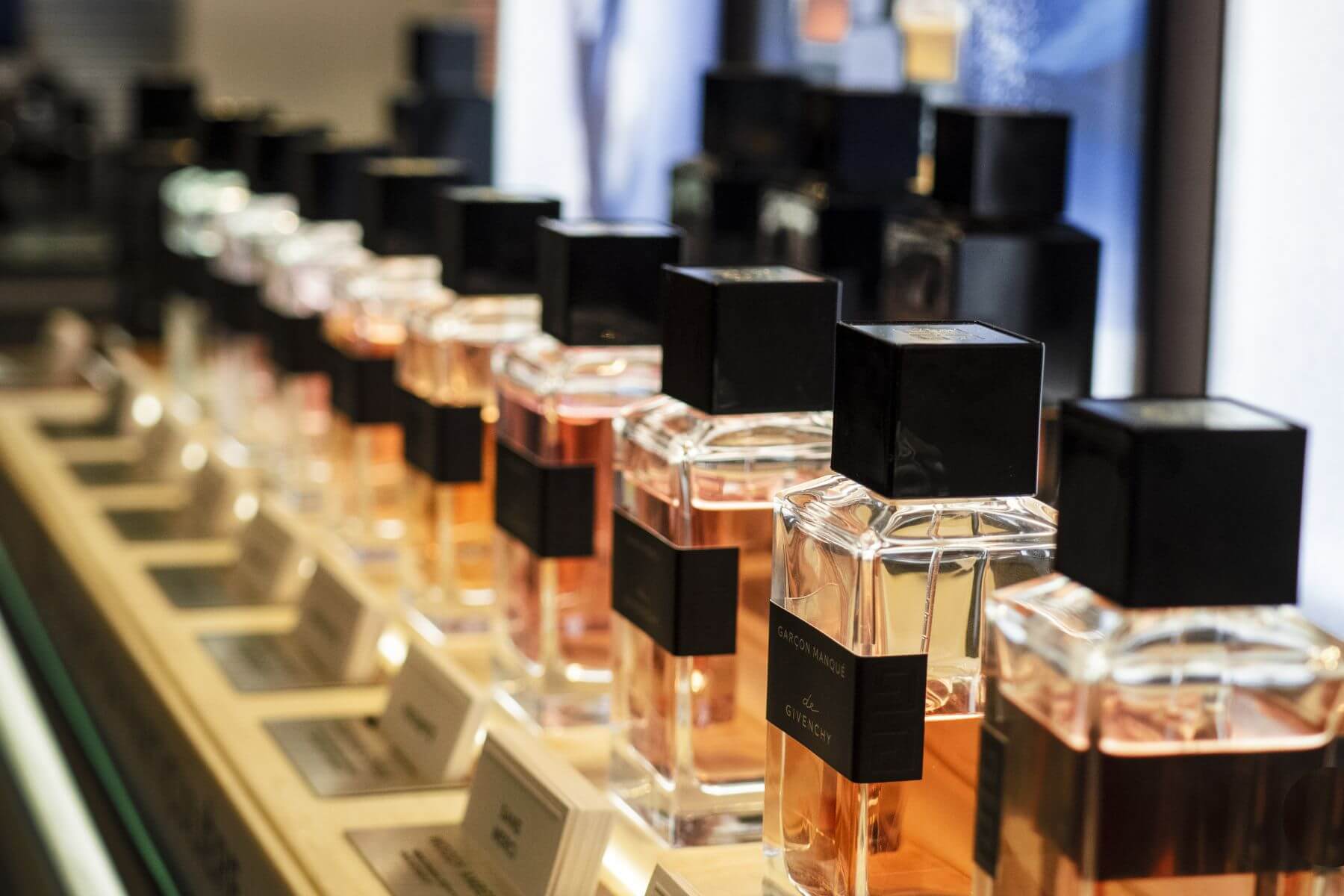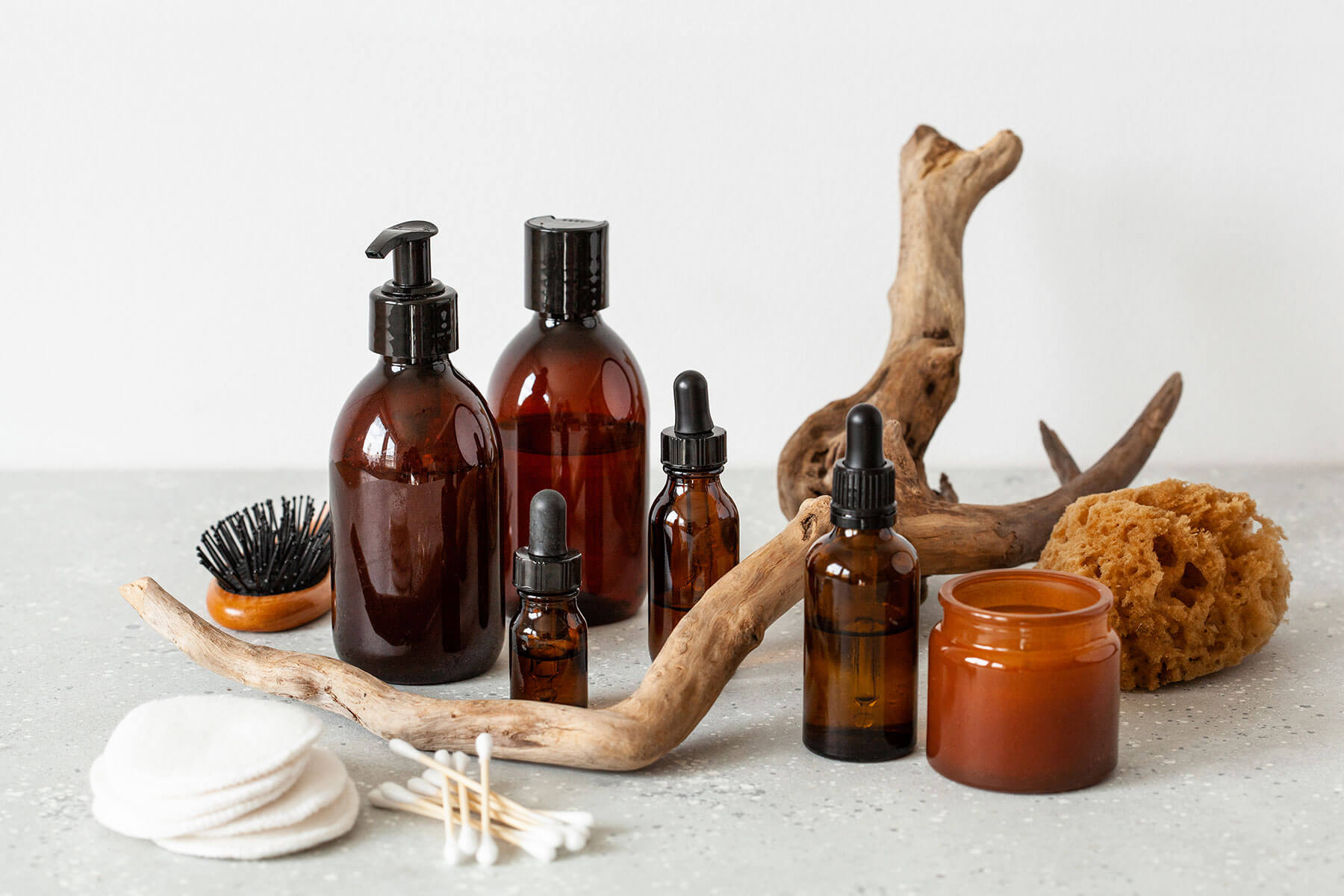The price of a beauty product has a big impact on brand perception. Along with packaging, ingredients and aesthetic, your cost strategy shapes your value in the eyes of a consumer. That’s why, when you choose your RRPs (recommended retail prices), you are thinking about more than mere profit margins. Through your price, you’re telling beauty lovers what kind of quality and experience they should expect.
As a general rule, a higher price indicates higher quality. There are exceptions, of course, with brands such as The Ordinary offering sophisticated skincare blends at affordable prices. However, an £80 L’Occitane face cream or a £90 Jo Malone cologne says ‘luxury’ to the average shopper – which is why deep discounting can prove problematic in the prestige beauty world.
While many shoppers are excited to find good deals on luxury beauty products, a too-low price can alter the perceived value of even the most opulent item. It’s an often-used strategy to drive down cost in order to force accelerated growth, but one that rarely pays off long-term; you may be trading lifetime equity for a quick revenue spike.
Sudden, sharp price drops can also affect how you are seen by loyal customers. Those who have been willing to spend hundreds on your products in the past may feel alienated by a bargain price tag. It’s a strategy that rewards one group – shoppers who rarely or never usually buy your products – and makes those who once paid a premium question whether the investment was worth it.
But, here’s the added challenge for many beauty brands: you can’t enforce your RRPs. They’re a guideline for etailers, which means the discounts applied to your products is up to the store. You can, however, agree promotional bands as part of a premium partnership. From there, it’s down to you, as a brand marketer, to check retailers are staying within those bands.
That’s why it’s important for beauty brands to be tracking etailers’ selling prices and promotions – particularly as discounts fluctuate in response to the COVID-19 crisis. The past year has seen changes in consumer behaviour that put retailers on shaky ground, and some have tried to mitigate lost sales by slashing prices to unprecedented levels.
So, how do you ensure your products are promoted within the agreed band? Daily manual checking is one way, but it’s time-intensive and rarely proves an efficient use of internal resource. A tracking tool simplifies the process by giving you an overarching view of all your products on all etailers, so you can quickly identify where promotions have been applied.
Here’s how it works…
1. Invest in the Right Tracking Tool
What you’re looking for is a tool that can store all of your etail data in one place, allowing you to monitor your full product portfolio across every stockist. mmi pricePOINT gives you a daily overview of pricing and promotional activity, across your key retailers.
2. Review the Depth of Discounting
The correct tool will show you both the value of the discount and the percentage of the RRP it represents. This makes it clear which etailers may be discounting your products outside of the boundaries. Data is updated daily, so you can monitor in real-time. You can also look back over previous time periods to see if a recent discount has impacted sales.
3. Raise It With Retailers
Once you have visual evidence that a promotion was applied outside of your agreement, you can raise it with the etailer(s) in question. Going forward, etailers who know that you are monitoring their site promotions are more likely to respect your agreements.
This, alone, may help to future-proof your pricing strategy.





